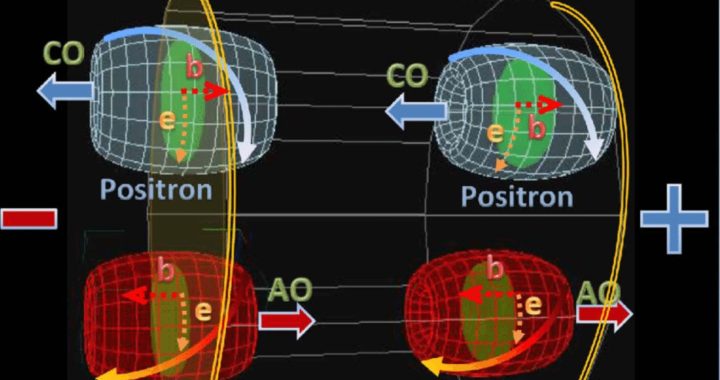Il telescopio spaziale Hubble monitora la fusione degli ammassi di galassie


Il telescopio spaziale Hubble ha catturato questa osservazione del notevole ammasso di galassie eMACS J1353.7+4329, situato a otto miliardi di anni luce di distanza nella costellazione dei Canes Venatici. Credito: ESA/Hubble e NASA, H. Ebeling
L’ammasso di galassie eMACS J1353.7+4329, a circa otto miliardi di anni luce di distanza, si fonde per formare un superammasso che funge da lente gravitazionale.
IL[{” attribute=””>NASA/ESA Hubble Space Telescope has captured a monster in the making in this observation of the exceptional galaxy cluster eMACS J1353.7+4329, which lies about eight billion light-years from Earth in the constellation Canes Venatici. This disturbed collection of at least two galaxy clusters is in the process of merging together to create a cosmic monster, a single gargantuan cluster acting as a gravitational lens.
Gravitational lensing is a dramatic example of Einstein’s general theory of relativity in action. A celestial body such as a galaxy cluster is sufficiently massive to distort spacetime, which causes the path of light around the object to be visibly bent as if by a vast lens. Gravitational lensing can also magnify distant objects, allowing astronomers to observe objects that would otherwise be too faint and too far away to be detected. It can also distort the images of background galaxies, turning them into streaks of light. The first hints of gravitational lensing are already visible in this image as bright arcs which mingle with the throng of galaxies in eMACS J1353.7+4329.
The data in this image are drawn from an observing proposal called Monsters in the Making, which used two of Hubble’s instruments to observe five exceptional galaxy clusters at multiple wavelengths. These multi-wavelength observations were made possible by Hubble’s Wide Field Camera 3 and Advanced Camera for Surveys. The astronomers behind these observations hope to lay the groundwork for future studies of vast gravitational lenses with next-generation telescopes such as the NASA/ESA/CSA James Webb Space Telescope.






